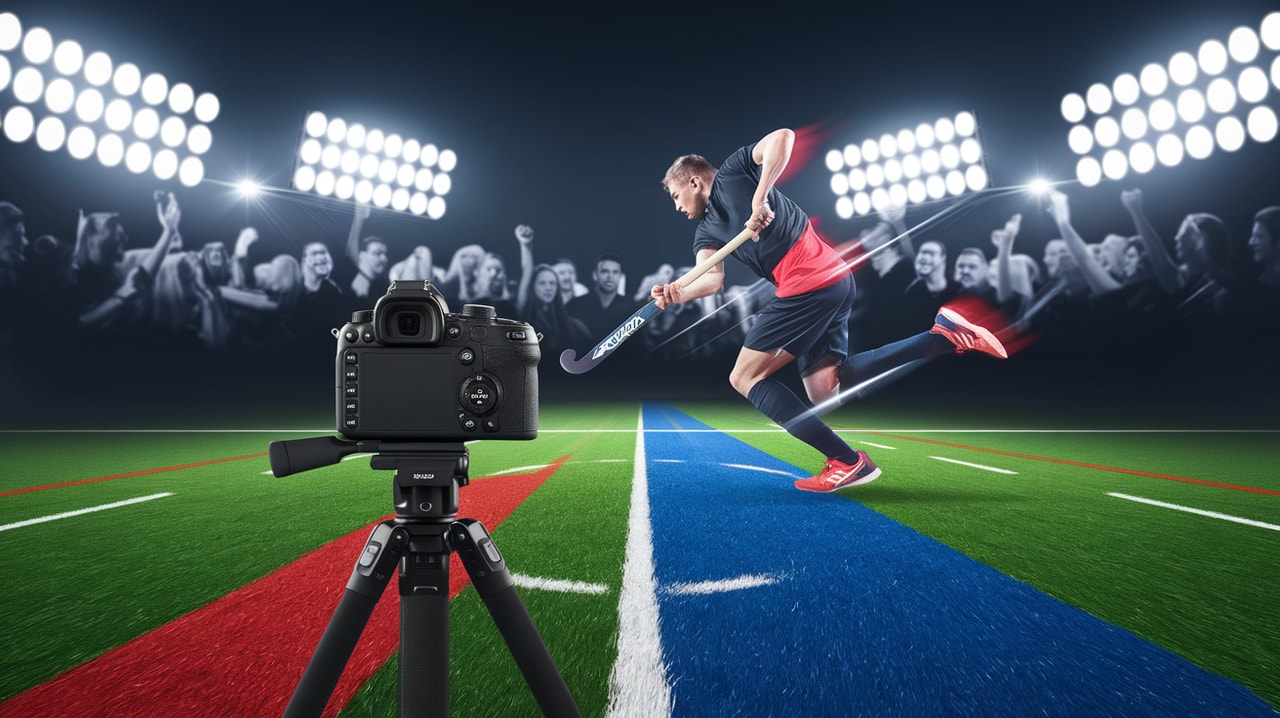# Introduction
Field hockey is no longer just about sticks, skill, and speed. In today’s elite environment, field hockey video analysis is the gamechanger that leading teams use to outplay the competition. From detailed player tracking to action-packed highlight reels, coaches and analysts now rely on smart technology to unlock peak potential. So, how can YOU maximize the power of field hockey video analysis to transform your results? Read on for proven strategies, real-world data, and field-tested tips.
# What is Field Hockey Video Analysis and Why Does it Matter?
At its core, field hockey video analysis involves recording, reviewing, and dissecting footage of team practices and matches. The goal? To break down every aspect of play—from passing lanes to defensive setups—and provide actionable feedback.
Modern video analysis allows coaches and players to pinpoint errors, spot hidden opportunities, and spot patterns invisible to the naked eye. For ambitious squads, it’s not just about watching clips; it’s about harnessing objective data to fuel improvement.
Notice how top clubs share that regular video sessions boosted their tactical awareness by over 25 percent within a season (Source: Sport Performance Journal, 2023). That’s not theory—it’s what works on the turf.
# The Core Benefits of Video Analysis in Field Hockey
Let’s face it: improvement means finding the gaps. Video analysis delivers several clear benefits:
– OBJECTIVE DECISION MAKING: No more relying solely on memory or gut feelings—video evidence cuts through bias.
– PLAYER DEVELOPMENT: Athletes can see exactly what they did, facilitating rapid learning and better technique retention.

– TACTICAL ADVANTAGE: Teams can dissect opponents’ habits, identifying strengths and weaknesses for future matches.
– INJURY PREVENTION: Movement tracking highlights risky habits, reducing overuse injuries by up to 15 percent (Source: International Hockey Research Group, 2022).
Here’s a quick comparison of how video analysis tools stack up:
| Software | Main Features | Ease of Use | Price Range |
|---|---|---|---|
| Hudl Sportscode | Tagging, powerful live coding, data integration | Intermediate | High |
| Nacsport | Customizable templates, interactive dashboards | Beginner-Friendly | Moderate |
| Kinovea | Slow motion, annotation tools, open-source | Easy | Free |
# Best Practices: How to Run Effective Field Hockey Video Analysis Sessions
Based on my experience working with both youth and national-level teams, a systematic approach yields the biggest gains. Here’s a step-by-step playbook for high-impact analysis.
1. **SET CLEAR GOALS**: Decide if the focus is on tactical overview, technical skill, or opponent scouting.
2. **CAPTURE QUALITY FOOTAGE**: Use stable cameras and wide angles. Good lighting is key for detail clarity.
3. **TAG KEY EVENTS**: Identify moments to review—goals, turnovers, penalty corners, player rotations.
4. **CREATE INDIVIDUAL CLIPS**: Break down longer footage into short, focused sequences for player meetings.
5. **LEAD INTERACTIVE REVIEWS**: Encourage players to comment, ask questions, and suggest solutions.
This process guarantees that analysis sessions remain relevant, engaging, and actionable. And trust me—buy-in skyrockets when athletes see real results mapped to real clips.
# Real-World Application: Winning Examples of Field Hockey Video Analysis
Consider this: The Dutch women’s national team integrated weekly video breakdowns into their routine. As a direct result, they improved defensive transition time by an average of 1.3 seconds—enough to change the outcome against top rivals (Source: KNHB Performance Report 2023).
In our team, introducing player-led video review has sparked better communication and accountability. It’s powerful to see players recognizing both their strengths and growth areas, all thanks to tailored video insights.
# Common Pitfalls and How to Avoid Them
Don’t fall for these frequent blunders:
– OVERLOADING SESSIONS: Reviewing too much footage leaves players disengaged and confused.
– IGNORING CONTEXT: Numbers alone don’t tell the story—pair data with situational details.
– LACK OF FOLLOW-UP: Action items must be tracked and retried in practice.
# Warning: Typical Field Hockey Video Analysis Mistakes
**WARNING:** It’s tempting to chase complicated stats and flashy visuals. But complexity can overwhelm players, especially younger ones. Always adapt your field hockey video analysis to your team’s age, goals, and current stage. Start simple before layering in advanced features.
# Step-by-Step Guide: How to Get Started with Field Hockey Video Analysis
1. CLARIFY YOUR ANALYSIS GOALS: Are you tracking team structure, skills, or opponent patterns?
2. INVEST IN BASIC EQUIPMENT: Start with an HD camera or smartphone on a tripod.
3. SELECT THE RIGHT SOFTWARE: Choose beginner-friendly options like Kinovea or Nacsport.
4. RECORD TWO PERSPECTIVES: Capture the action from both sideline and endline angles.
5. REVIEW AND TAG KEY MOMENTS: Use software to flag critical events for feedback.
6. SHARE EDITED CLIPS: Provide individual and team-wide video summaries post-match.
7. SOLICIT FEEDBACK: Incorporate input from players and coaches to refine your process.
# Field Hockey Video Analysis Checklist
– Camera equipment set up and tested for clarity
– Main analysis goal (tactics, skill, or scouting) defined before each session
– Video footage captured from at least two angles
– Footage reviewed and moments tagged using dedicated software
– Clips created and distributed to players and coaching staff
– Key takeaways discussed in interactive review sessions
– Progress and action points tracked in subsequent practices
# Conclusion
Field hockey video analysis is more than technology—it’s a catalyst for smarter, stronger play. By following this guide, harnessing real data, and learning from both mistakes and successes, your team can unlock levels of insight that push you ahead. Why wait? Start using these expert secrets now and watch your next match turn in your favor.





































